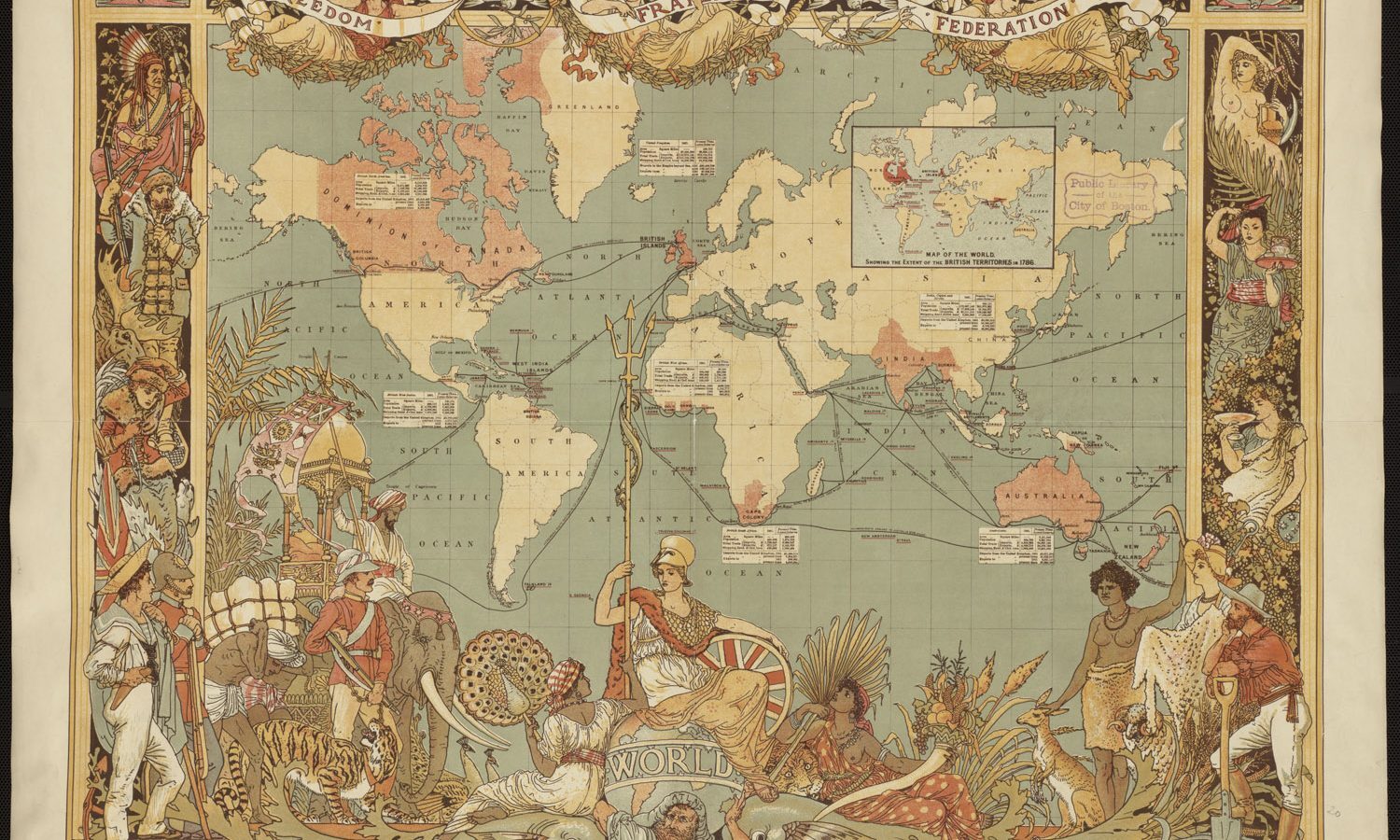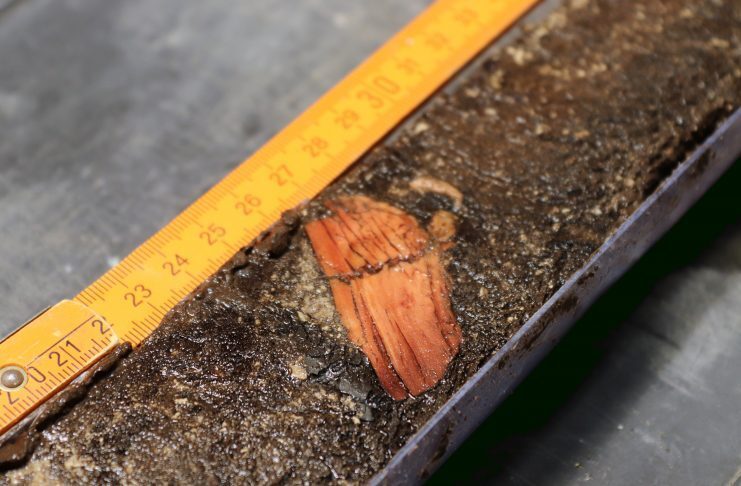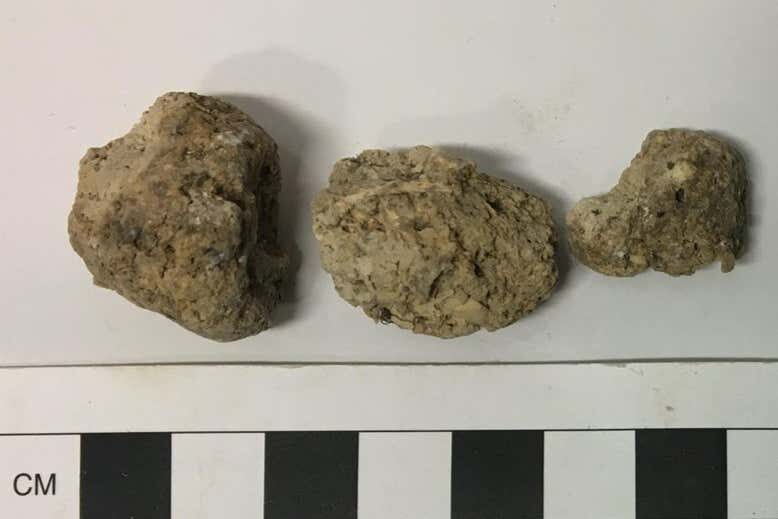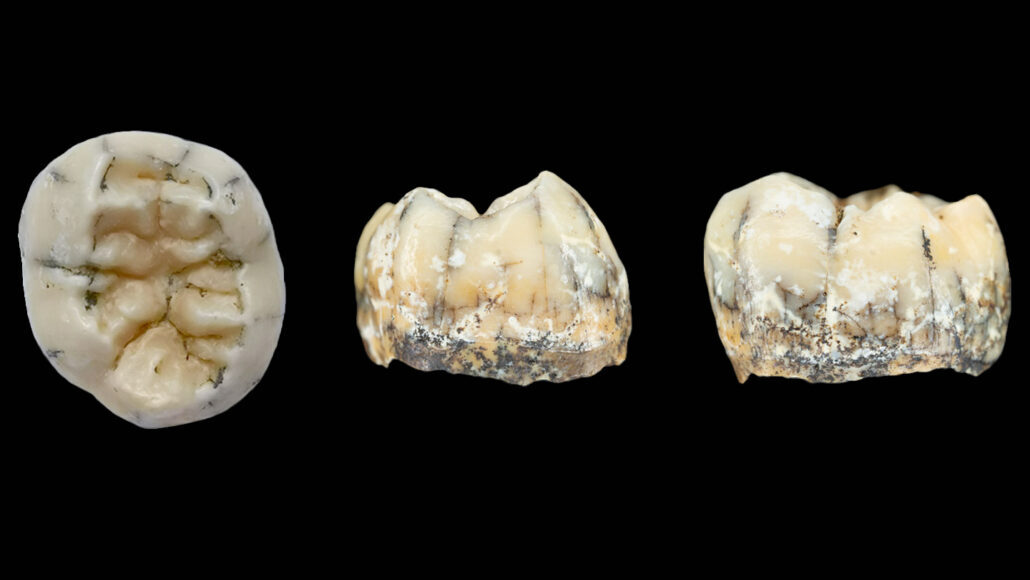THE NICE IMPERIALISTS

© Winter Oak
In the middle of the 19th century, the British Empire ran into what what would today be termed a "public relations crisis".
Influential domestic voices were starting to criticise its industrial system and worldwide domination on ethical grounds, not least the art critic
John Ruskin.
He wrote that all he had found at the heart of what was supposedly a great civilization was
"insane religion, degraded art, merciless war, sullen toil, detestable pleasure, and vain or vile hope".[1]Lack of public support for the empire at home from the wave of "Little Englander" sentiment also risked affecting the way Britain's activities were viewed abroad.
As Carroll Quigley writes, its success was partly due to
"its ability to present itself to the world as the defender of the freedoms and rights of small nations and of diverse social and religious groups".[2]
It was therefore decided, by a powerful group based around Cecil Rhodes and Lord Milner, along with aristocrats such as Lord Esher, Lord Rothschild and Lord Balfour[3], to rethink the form and appearance of Britain's economic sphere of influence.
Gradually, the Crown's possessions were encouraged to become supposedly independent nations, though very much remaining under Britain's wing, and eventually, after the Second World War, The Empire was rebranded "The Commonwealth", whose current flag features at the top of this page.

© Winter OakPatricia Scotland
In her foreword to a very useful 2019
collection of the Commonwealth's declarations, its current secretary-general, Patricia Scotland, writes[4]:
The 1949 London Declaration marks the opening of a new movement, maintaining the familiar harmony, yet developing it in ways never before attempted - the transformation of an empire into a mutually supporting family of nations and peoples. It was this brief yet visionary declaration which brought into being the Commonwealth we know today"
Today we are very familiar with the two-faced language of power, which is constantly deployed to hide unpalatable truth from the public.
Whether in the form of corporate greenwashing, warmongering "humanitarian interventions" or censorship disguised as "fact-checking", this cynical misuse of words has long since surpassed the satire of
George Orwell's mendacious Ministry of Truth.
The phenomenon is global now, but Britain can look back with pride at its leading role in developing this fraudulent double-speak.The British Empire's self-declared commitment to "the protection and advancement of the native races" [5] did not stop it from opening fire on unarmed
Gandhi-supporting Indian independence protesters in Amritsar in 1919, killing 379 people, [6] or from using mass murder, torture and concentration camps to crush the anti-imperialist
Mau Mau revolt in Kenya between 1948 and 1955.

© Winter Oak
The self-righteous defender of worldwide freedom acquiesced in the rise of Hitler's Germany, simultaneously denounced (in public) and tolerated (in private) Mussolini's 1935 invasion of Ethiopia and did all it could to hinder resistance to Franco's far-right coup in Spain in 1936, despite its own public's overwhelming support for the other side.
"Britain's attitude was so devious that it can hardly be untangled,"[7] writes Quigley about this period.
"The motives of the government were clearly not the same as the motives of the people, and in no country has secrecy and anonymity been carried so far or been so well preserved as in Britain". [8]
Over the 70-plus years of his existence, The Commonwealth has proudly continued this official practice of manipulative and virtue-signalling language.



Comment: Japan has been very subservient in following the Anglo-Saxon world in their proxy war with Russia. Japan has condemned Russia over its military operation in Ukraine, and has imposed economic sanctions on Moscow. Tokyo has also broken with decades of pacifism and sent non-lethal military aid to Kiev.